If
you’re
someone
who
cares
about
health
and
fitness,
you’ve
probably
come
across
protein
powder
at
some
point.
It’s
everywhere—shelves
full
of
shiny
tubs
with
promises
of
gains,
muscle
recovery,
and
everything
in
between.
But
have
you
ever
thought
about
what’s
actually
inside
this
powder
and
how
it’s
made?
I’ve
been
using
protein
powder
for
quite
some
time
now,
but
I
must
admit
I
wasn’t
really
familiar
with
its
origin
and
production.
The
first
step
is
collecting
the
raw
materials.
If
it’s
whey
or
casein,
milk
is
the
primary
starting
point.
For
plant
proteins,
manufacturers
need
a
supply
of
the
specific
crop,
like
peas
or
soybeans.
Where
Does
Protein
Powder
Start?
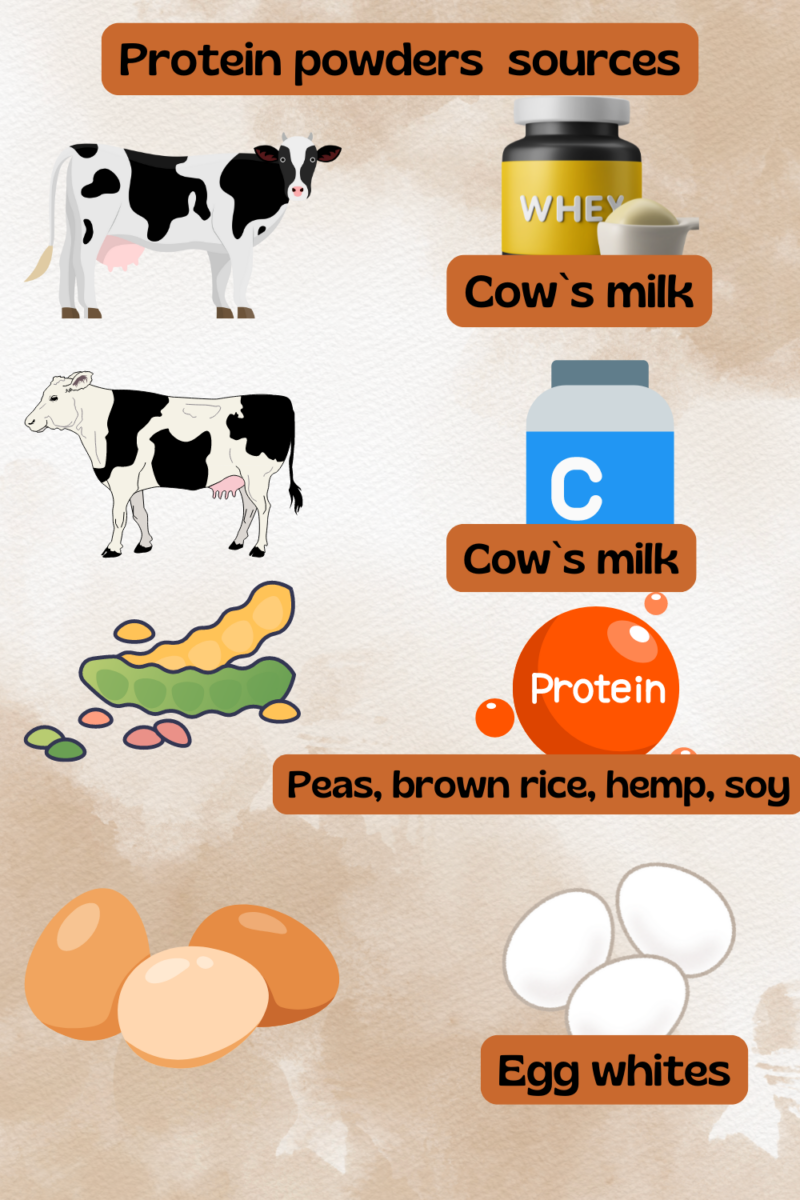
powders
sources
infographic;made
with
canva.com;
source:
thelivefitgirls.com
Protein
powders
come
from
different
sources.
The
most
common
ones
are:
|
Protein Type |
Source |
Description |
|
Whey |
Cow’s milk |
Byproduct of cheese making |
|
Casein |
Cow’s milk |
Milk-based protein, slower to digest |
|
Plant-based Proteins |
Peas, brown rice, hemp, soy |
Derived from various plant sources |
|
Egg White Protein |
Egg whites |
Made from egg whites |
1.
Collection
and
Preparation
Everything
starts
with
gathering
the
raw
materials.
For
whey
and
casein,
it’s
all
about
getting
the
milk.
For
plant-based
proteins,
you
require
a
good
supply
of
peas,
rice,
or
whatever
plant
is
being
used.
Eggs?
Just
the
whites,
please!
2.
Extraction
–
Getting
the
Protein
Out
For
whey
and
casein,
this
step
happens
during
cheese
production.
When
enzymes
are
added
to
milk,
it
separates
into
curds
(solid)
and
whey
(liquid).
Whey
is
then
collected
and
filtered
to
remove
fats
and
lactose,
concentrating
the
protein.
For
plant-based
proteins,
it’s
a
bit
different.
The
plants
are
ground
up,
and
then
the
protein
is
extracted
through
a
series
of
processes
that
isolate
it
from
the
rest
of
the
plant
material,
like
fiber
and
starch.
You
may
also
like:
Best
Healthy
Foods
at
Costco
That
Nutritionists
Love!
2024
List
3.
Filtration
and
Concentration
Once
you’ve
got
your
protein-rich
substance,
it’s
time
to
remove
anything
extra,
like
fats,
carbohydrates,
and
water.
Different
methods
are
used
here,
such
as
microfiltration
and
ultrafiltration,
to
purify
and
concentrate
the
protein.
This
step
makes
a
big
difference
in
the
final
product’s
quality.
-
Microfiltration:
Uses
a
porous
membrane
to
filter
out
unwanted
components. -
Ultrafiltration:
Even
finer
filtering
to
get
a
purer
protein.
4.
Drying
After
filtration,
the
protein
is
still
in
a
liquid
state.
To
turn
it
into
the
powder
you
find
in
stores,
it’s
put
through
a
drying
process.
Most
companies
use
a
method
called
spray
drying,
where
the
liquid
protein
is
sprayed
into
a
chamber
filled
with
hot
air.
The
liquid
quickly
evaporates,
leaving
fine
particles
of
protein
powder
behind.
5.
Flavoring
and
Additives
Pure
protein
doesn’t
have
much
flavor,
so
most
powders
get
some
help
in
that
department.
This
is
where
sweeteners,
flavors,
and
sometimes
even
extra
vitamins
and
minerals
come
into
play.
Everything
gets
blended
together
in
huge
mixers
to
ensure
even
distribution.
6.
Quality
Testing
and
Packaging
Before
it
hits
the
shelves,
the
powder
goes
through
rigorous
testing
to
ensure
it
meets
quality
standards.
This
can
include
testing
for
protein
content,
checking
for
contaminants,
and
making
sure
the
flavor
is
just
right.
Once
everything
passes,
it’s
off
to
package
and
ready
to
be
scooped
into
your
shaker
bottle!
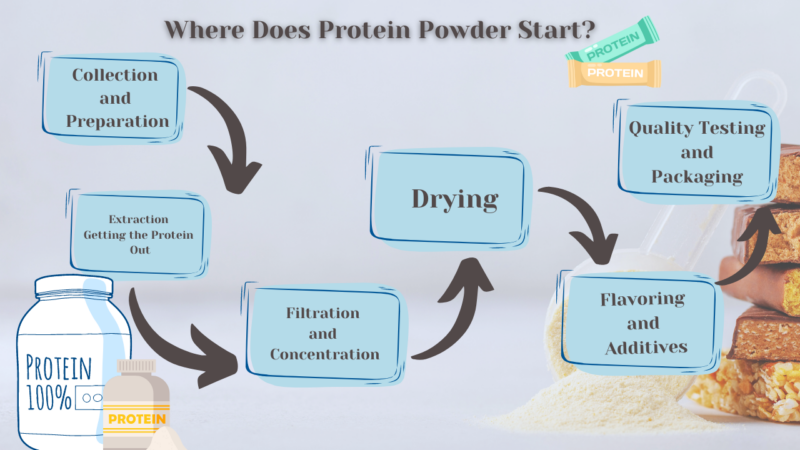
Does
Protein
Powder
Start;
source:
thelivefitgirls.com
Different
Types
of
Protein
Powders
Protein
powder
isn’t
one-size-fits-all.
There
are
a
few
popular
types:
Whey
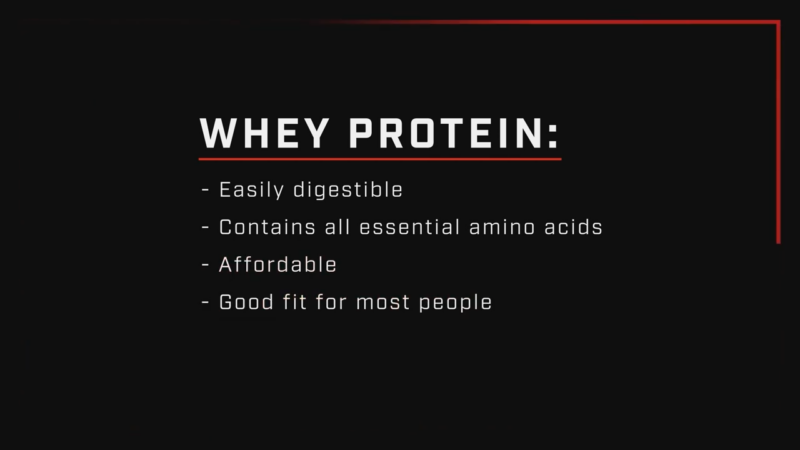
protein;
source:
youtube.com
According
to
WebMD,
consistently
taking
whey
protein
orally
in
combination
with
regular
exercise
enhances
muscle
strength
and
boosts
athletic
performance.
|
Type of Protein |
Protein Content |
Fat & Lactose Content |
Characteristics |
|
Concentrate |
70-80% |
Contains some fats and lactose |
Good balance of protein, fat, and lactose. |
|
Isolate |
90% or more |
Lower in fats and carbs |
Almost pure protein, minimal fats and carbs. |
|
Hydrolysate |
Varies | Varies |
Predigested protein, easier to absorb. |
Casein
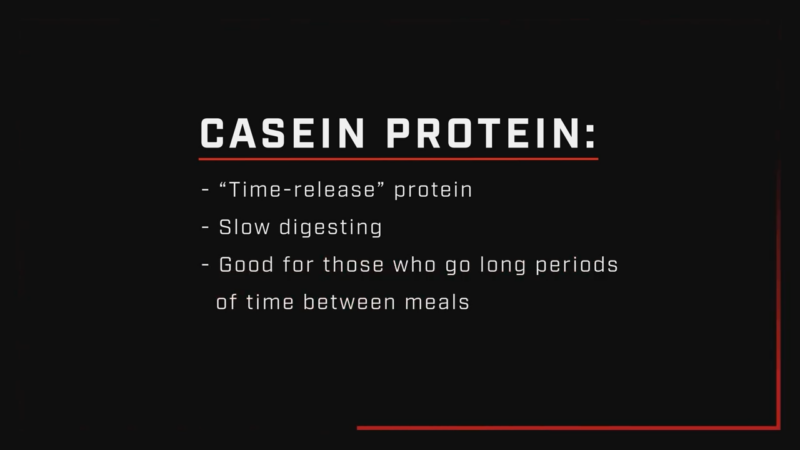
protein;
source:
youtube.com
Great
for
a
slow
release
of
protein,
ideal
before
bedtime.
Keeps
muscles
fed
over
several
hours.
Plant-Based
Proteins
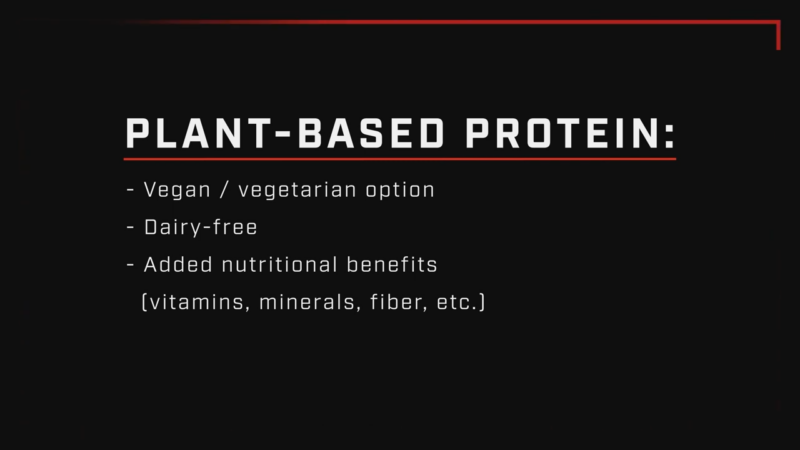
protein;
source:
youtube.com
-
Soy
Protein:
Complete
protein
with
all
essential
amino
acids. -
Pea
Protein:
High
in
essential
amino
acids
but
lower
in
methionine. -
Brown
Rice
Protein:
Often
combined
with
pea
protein
to
balance
out
amino
acids.
[/su_note]
Each
type
has
its
pros
and
cons,
so
your
choice
depends
on
your
dietary
preferences
and
fitness
goals.
What
to
Look
For
When
Choosing
a
Protein
Powder
Walking
down
the
supplement
aisle
can
be
overwhelming,
right?
So
many
choices,
so
many
promises.
Here’s
what
to
keep
in
mind:
Protein
Content
the
grams
of
protein
per
serving.
Higher
doesn’t
always
mean
better;
it
depends
on
your
needs.
Ingredients:
Fewer
ingredients
usually
mean
a
cleaner
product.
Watch
out
for
fillers,
artificial
sweeteners,
and
additives.
Digestibility:
Some
people
have
a
hard
time
with
certain
proteins,
especially
whey.
If
you
experience
bloating
or
discomfort,
you
might
want
to
try
plant-based
or
lactose-free
options.
Third-Party
Testing:
Look
for
certifications
that
guarantee
the
product
has
been
tested
for
purity
and
potency.
Common
Myths
About
Proteins
@bulkUncovering
the
truth
behind
protein
myths,
one
myth
at
a
time
💪
#TeamBulk
#ClearTheConfusion
#gymtok
#protein
#proteinmyths
#gymlife
#gym
Let’s
tackle
a
few
misconceptions:
“Protein
Powder
Is
Just
for
Bodybuilders”
true!
Protein
is
essential
for
everyone,
whether
you’re
lifting
heavy,
doing
yoga,
or
just
trying
to
stay
healthy.
It
helps
repair
tissues,
build
muscle,
and
keep
you
full.
“It’s
Bad
for
Your
Kidneys”
Unless
you
have
pre-existing
kidney
issues,
consuming
protein
within
recommended
levels
isn’t
harmful.
If
you’re
concerned,
consult
a
healthcare
professional.
Current
research
suggests
that
whey
protein
is
typically
safe
for
athletes
looking
to
increase
their
protein
intake.
However,
the
National
Institutes
of
Health
recommends
exercising
caution
with
high
protein
consumption.
Experts
also
indicate
that
more
research
is
necessary
to
fully
understand
the
potential
negative
effects
of
consuming
large
amounts
of
protein.
“Plant
Proteins
Are
Inferior”
While
it’s
true
that
some
plant
proteins
don’t
contain
all
essential
amino
acids,
blending
different
sources
(like
peas
and
rice)
can
create
a
complete
profile.
Plant
proteins
are
a
great
option
for
those
with
dietary
restrictions
or
preferences.
A
Few
Final
Thoughts
In
conclusion,
protein
powder
is
made
by
extracting
protein
from
sources
like
milk,
plants,
or
eggs.
For
whey
and
casein,
it
starts
with
milk,
which
is
processed
to
separate
and
purify
the
protein.
Plant
proteins
come
from
sources
like
peas
or
soy
and
go
through
grinding
and
filtration.
After
extraction,
the
protein
is
dried
into
powder,
flavored,
and
tested
for
quality
before
being
packaged
and
sold.